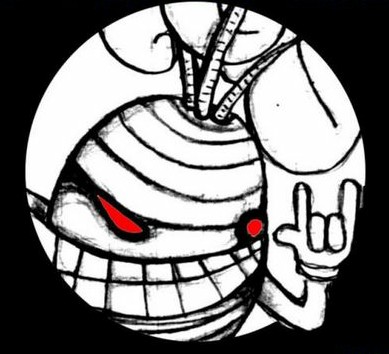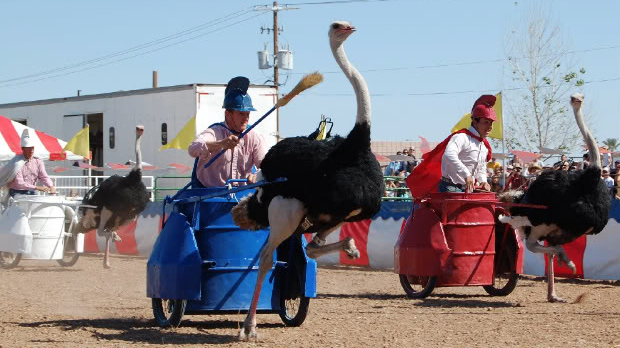Incorrect use of whom. Who kills who (accusative case). Who gets killed by whom (dative case).
It’s the objective case, i.e. everything that isn’t nominative, so this usage would be correct. We don’t have a real distinction between accusative and dative in modern english.
That being said, I’m a descriptivist who is strongly of the opinion that ‘who’ is always correct and ‘whom’ is archaic.
A great case for why data normalization is so important.
Looking at the chart like this with non-normalized data you might conclude that riding around on a scooter makes you near invincible compared to walking even if hit by a car.
Whereas what’s really being shown is more people walk than ride scooters.
Yeah, I’m really wondering how push scooters cause more pedestrian fatalities than bicycles. Motorized scooters, I understand, but how the hell does a push scooter have enough mass and speed to kill twice as many people?
Yes, but the downside is that you only ever get to kill pedestrians /s
So, a pedestrian collided with a car and the car was the fatality?
I’m sure the pedestrian also didn’t survive that scenario.
But yeah this data is a bit confusing.
My goal in life is to be that one pedestrian who takes out a car.
Mad props for the cyclist too

Yeah how did that even happen? Like was it a really buff guy or a really flimsy car?
I would guess a lot of speed and an initial impact that either put the pedestrian through the windshield or resulted in the car losing control.

That was Chuck Norris

Car crashed into a building, killed a pedestrian on the way. Any number of scenarios. Doesn’t mean the pedestrian survived.
Traffic accidents might include the rare “oopsie I killed the guy because I thought he was a demon” or something?
Headline tomorrow: “Other Hits Other. Three Dead.”
That pedestrian who killed a driver is a badass and ill buy them a bottle of their fav sparkling white; i don’t even care.
I guess they died as well.
Buying a french person a bottle of sparkling white would probably kill them
Champaigne is a particular sparkling white.
Other places in france also make it.
Yes and most people don’t buy the actual champagne stuff except maybe for special occasions because a nice crémant does the same job for 1/5th the price.
When a pedestrian collides into another pedestrian and kills them, that’s called “a fist fight.”
Mmmh, I would suppose that to be counted in this statistic they’d need to run at each other really fast and somehow manage to kill each other (or at least one person). Like jousting or goats or something?
Don’t underestimate how easily one can die, if you fall just the wrong way, it can happen. Particularly older folks.

I’d pay to watch bicycle jousting.
Segways too.
There used to be bicycle polo around a few years ago, I’m not sure if they still play it these days, haven’t seen em in a while but it looked pretty fun!
Not really. Imagine 2 people walking at a brisk pace walking into each other, eg around a corner. Might kill someone. Usually that’s fine, but sometimes you have bad lick.
I posted that in another thread, but it also fits here to provide a broader picture maybe.
Road traffic death rate (per 100 000 population) according to WHO:
- Africa: 19
- Eastern Mediterranean: 16
- South-East Asia: 16
- Western Pacific: 15
- Americas: 14
- Europe: 7
According to the WHO, a road traffic injuries report says:
- Approximately 1.19 million people die each year as a result of road traffic crashes.
- Road traffic injuries are the leading cause of death for children and young adults aged 5–29 years.
- 92% of the world’s fatalities on the roads occur in low- and middle-income countries, even though these countries have around 60% of the world’s vehicles.
- More than half of all road traffic deaths are among vulnerable road users, including pedestrians, cyclists and motorcyclists.
- Road traffic crashes cost most countries 3% of their gross domestic product.
Real curious about the three “other” colliding with one another
Skateboard vs pram
But cyclists are the real danger in this society.
Aight, I’m gonna need this in relative/conditional frequencies rather than absolute ones.
i want more information on the other v other incidents. is this like, clown unicycle vs pogo stick?
could be person flying out of a car unbuckled hitting a car,?
Looks like I need to buy a scooter, a van, or an other
Your logic is wrong. There’s less of them total so of course there’s less fatalities total. It says nothing about rate per distance driven.
Rate per distance is not that great of a metric either, though. Increasing distance does not necessarily increase risk equally. A car that drives a long stretch on a highway is unlikely to hit a pedestrian, but inside a city, or on a shared country road this becomes much more likely. Distance travelled would be inflated in this case for the car, and the metrics would end up being much lower. Furthermore, because walking is generally done for short distances, any incident would inflate this rate much more for pedestrians.
You preferably want to have some measure of risk for a single trip. If a trip were to be made by another mode of transport, would it still have occurred? A proxy for this can be the severity: How high is the chance that an incident is fatal there between two modes of transport, given that an incident occurs? You may also wish to account for the likelihood of an interaction. Which also provides another means of improving: what infrastructure was involved? Disentangling two modes of transport makes them less likely to interact.
Sorry for this long rant, but I really dislike rate / distance as a means of normalizing a metric that is meant to indicate the relative safety.
sorry
Oh no I agree with you
Never trust a chart unless you falsified it yourself.
Van/lorry kills more cars than they kill other vans/lorries. Top dog in the race to the bottom.
Very curious about the three “question mark vs question mark” fatalities. UFO collision? Skateboard jousting?
This is the sort of chart that should be put in front of children. It’s interesting to read and well designed. And it’s funny to imagine two people bumping into each other being fit for such a chart.
And it has just enough complexity to be at least a bit fascinating to most kids, and especially spectrum kids.









